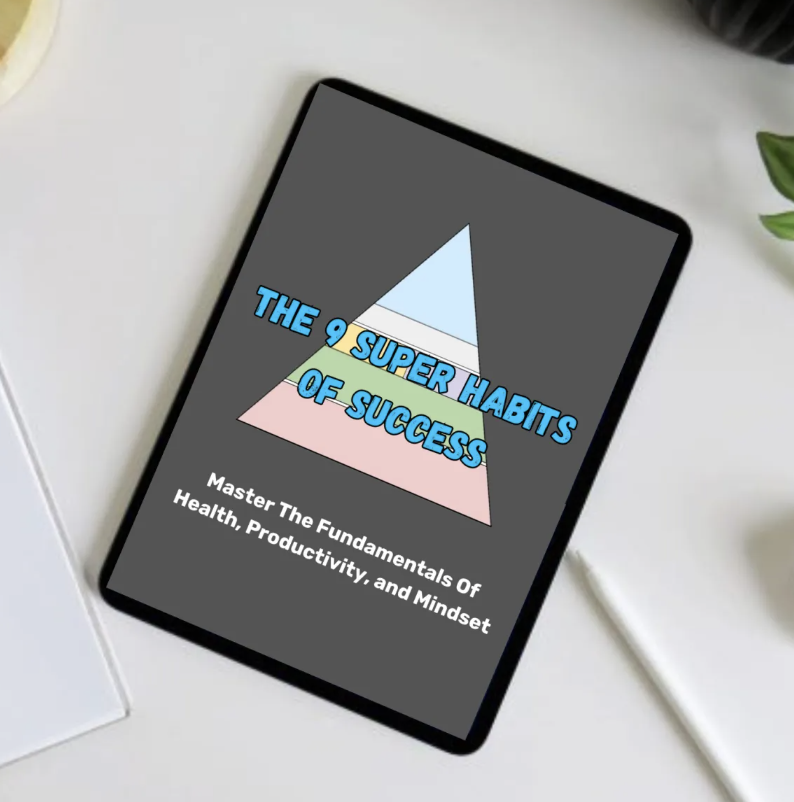Three Times Is A Pattern
The human mind is designed for pattern recognition. It happens in the neocortex, which is one of the most advanced parts of the brain, but it still plays an evolutionary purpose. We all have a predisposition to seek familiarity because whatever is understood to be more certain is determined to be more safe. Detecting patterns is fundamental to that, those who were better at it were more likely to stay alive.
In the modern world, it also happens to be that those who are better at identifying patterns tend to do better in life and business. When you recognize that something is happening again, and the result of it is undesirable, it prompts your awareness quicker to make an adjustment. It offers a faster feedback loop that allows you to optimize your efforts.
But one of the biggest challenges we have is knowing when something has become a pattern. How many times does something need to happen for it to be significant enough to call it a pattern?
While this is oversimplified, an expression I heard recently is “Once is an instance, twice is coincidence, three times is a pattern.”
This addresses both sides of the problem. Some people change course before they’ve given something it’s fair chance to work. Some people tolerate things that continue to not work well enough for too long. Getting to three points of feedback gives you that optimal tension where you’re accommodating both.
But just because you’ve observed a pattern of results doesn’t mean it’s easy to disrupt it. You need to be really creative to understand what’s informing that pattern and what forces have shaped it. From there you can make the necessary adjustments to your environment or action to create a new design, that then produces a new pattern.
There are trends and patterns to be recognized in simple tactics, like observing that you’re more consistent with your exercise and have a better diet when you get a morning workout in. Or it can be as complex as understanding your relationship with rejection, and the emotional cascade that comes from it and how it impacts your relationships.
That’s the work! And there’s always more to do. But you’re in the game, and that’s the exactly where you need to be!

Not All Habits Are Made The Same...
Discover The 9 Super Habits!
